It is this time again: my phone contract comes up for renewal. And – as anyone who is following this blog will know (to recap, look here), I have not been all too happy with the treatment I got from O2 UK. So today I started looking around. Given my rather fat tariff requirements, carriers normally throw in all sorts of goodies (scil. free handsets), so started there. I have an iPhone 4 and a Nexus One already, so started to see what else is out there, as there are:
- Samsung Galaxy S or its Windows Phone 7 (which I rather fancy) sister, the Omnia 7.
- HTC Desire HD or – again Windows Phone 7 – HTC HD7 or HTC 7 Trophy
- Or maybe Nokia’s latest attempt at recapturing the upper hand, the N8 with its stunning 12 MP Carl Zeiss lense?
- What about the Motorola Milestone 2 (yes, my dear Americans, that’s the horrible name the Droid 2 got over here)?
- Finally, the LG Optimus 7 doesn’t look bad either…
Then I started looking at where, what, how I could get it and at what price, and the UK carrier labyrinth was entered: The Omnia 7 is carried by 3, Orange and T-Mobile, not by O2 or Vodafone (at least I couldn’t find anything to that end). The HD7 is an Orange exclusive, the Trophy is a Vodafone exclusive. The Galaxy S and the N8 seem to be with all of them.
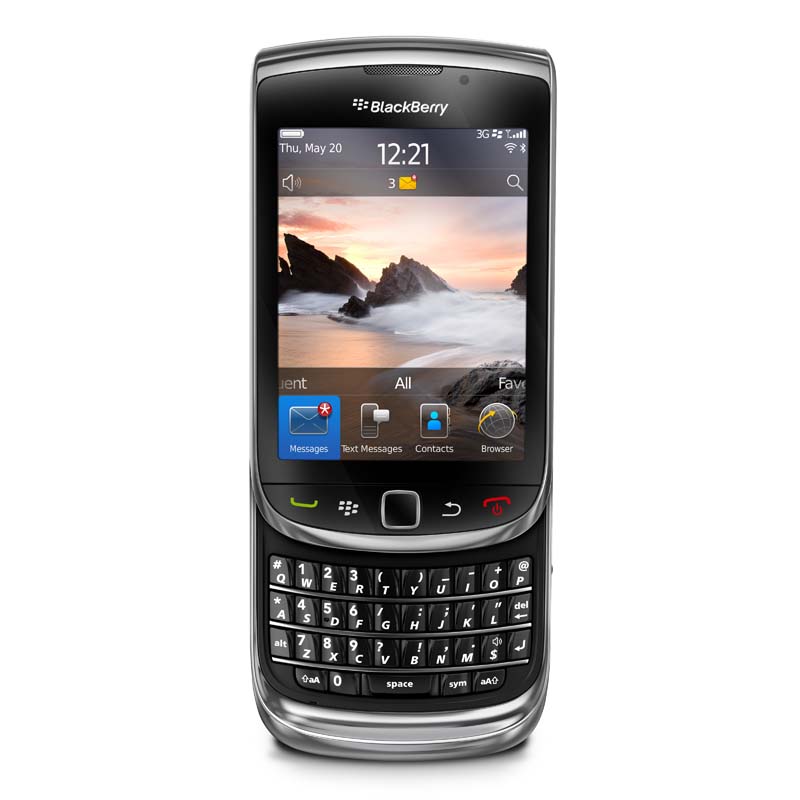 Step 2: tariffs. With an unhealthy amount of traveling abroad to do, my main cost item on phone bills regularly is data roaming, so this is where my sensitivity lies (because of the eye-watering bills I regularly get, I am not bothered about 600 or 900 UK any-network minutes costing £5 more or less), and it became clear quickly: Orange, T-Mobile and 3 are out of the race (their charges are even higher than O2’s). Vodafone looks good (about 1/3 of O2’s rates) but O2 claims to still have their Blackberry tariff for international data roaming (although I struggled to find it on their website). Now, THAT would bring my bill down by a cool £150-200 a month or so. Enter Blackberry. The Bold (which I dearly loved when I had it) or the Torch (which gets decent but still very mixed reviews)? And then: O2 again? In spite of my anger with them?
Step 2: tariffs. With an unhealthy amount of traveling abroad to do, my main cost item on phone bills regularly is data roaming, so this is where my sensitivity lies (because of the eye-watering bills I regularly get, I am not bothered about 600 or 900 UK any-network minutes costing £5 more or less), and it became clear quickly: Orange, T-Mobile and 3 are out of the race (their charges are even higher than O2’s). Vodafone looks good (about 1/3 of O2’s rates) but O2 claims to still have their Blackberry tariff for international data roaming (although I struggled to find it on their website). Now, THAT would bring my bill down by a cool £150-200 a month or so. Enter Blackberry. The Bold (which I dearly loved when I had it) or the Torch (which gets decent but still very mixed reviews)? And then: O2 again? In spite of my anger with them?
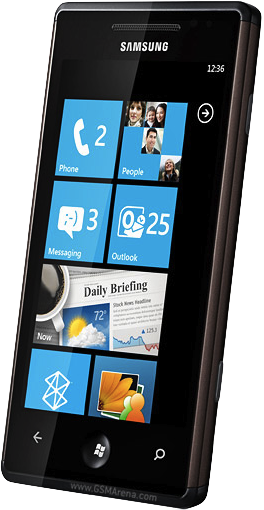 And then I started to compromise: anything exclusive to Orange, T-Mobile or 3 was out of the question (because data roaming is pretty much a killer for me), which boils it down to Blackberry and O2 or any of the others on Vodafone (which would mean that I couldn’t get what started being my favourite, the Samsung Omnia 7). Hang on: I compromise over some shoddy pounds? Is the handset then not so all important as one might have believed when reading all those blogs, news blitzes and tech publications over the last months?
And then I started to compromise: anything exclusive to Orange, T-Mobile or 3 was out of the question (because data roaming is pretty much a killer for me), which boils it down to Blackberry and O2 or any of the others on Vodafone (which would mean that I couldn’t get what started being my favourite, the Samsung Omnia 7). Hang on: I compromise over some shoddy pounds? Is the handset then not so all important as one might have believed when reading all those blogs, news blitzes and tech publications over the last months?
And, yes, I think it is true to say that – at least in instances where there are certain usage requirements (in my case data roaming), the package is what rules. This is perhaps then the wedge that the carriers – scrambling for meaning in this new app store world – could use to pry that dump pipe/smart phone dichotomy open. How’s that for an idea?
So, good folks at the carriers, listen up: do it (oh, Vodafone, and get me that Omnia 7, will you? 😉 ).

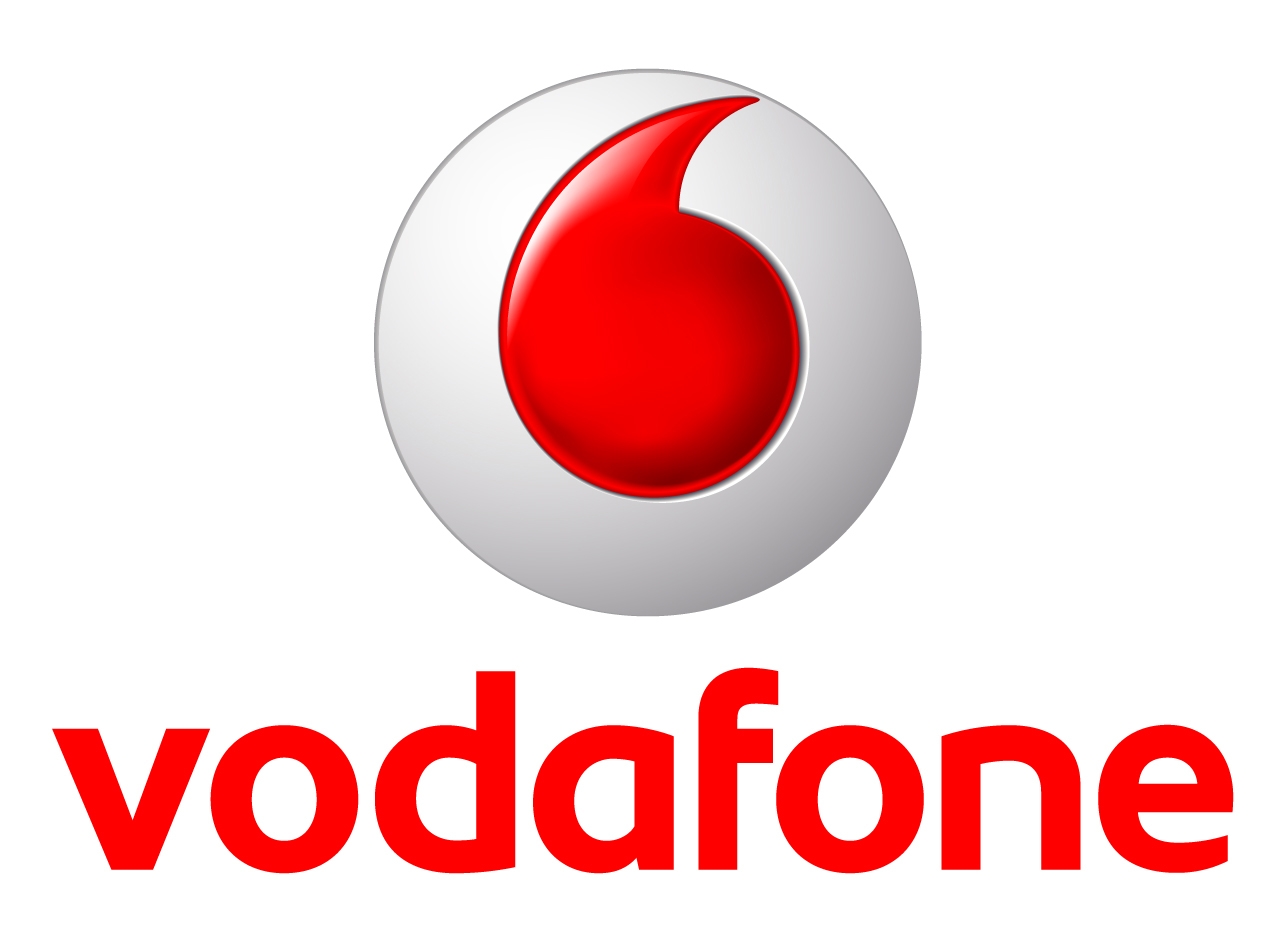 It’s been looming and was long expected but today Vodafone
It’s been looming and was long expected but today Vodafone 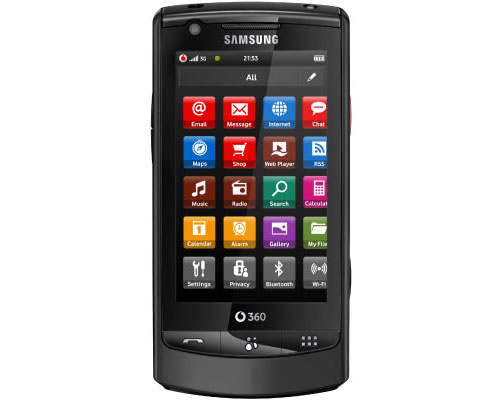 Anyway, back to Vodafone. They have realised (and, credit to them, admit it!) that a vertical implementation where you only get the full scope of 360 services if you have one of two phones doesn’t work. And, well, that’s somewhat obvious, isn’t it? Or is it a reasonable assumption that all my friends will all of a sudden (and at the same time) exchange their various handsets for a Samsung M1? No, I thought not either.
Anyway, back to Vodafone. They have realised (and, credit to them, admit it!) that a vertical implementation where you only get the full scope of 360 services if you have one of two phones doesn’t work. And, well, that’s somewhat obvious, isn’t it? Or is it a reasonable assumption that all my friends will all of a sudden (and at the same time) exchange their various handsets for a Samsung M1? No, I thought not either. On a sideline: I will be moderating a panel on “How to Make Money as a Developer” this week at
On a sideline: I will be moderating a panel on “How to Make Money as a Developer” this week at  After much huffing and puffing, Vodafone
After much huffing and puffing, Vodafone 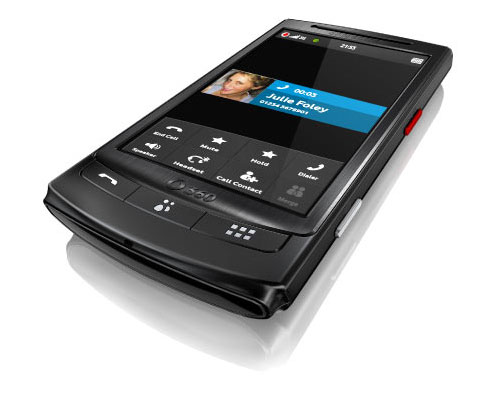 It has an address book with nodes into Facebook, IM (Windows and Google) and will “soon” also cover Twitter, Hyves and StudiVZ (the German Facebook clone). Two tailor-made (!) handsets that use a proprietary (!) interface based on LiMo’s release 2 mobile Linux OS. Users can create groups across different networks (which is very neat!), an app store with 1,000 apps at launch (no word so far what this comprises) and syncing with your computer.
It has an address book with nodes into Facebook, IM (Windows and Google) and will “soon” also cover Twitter, Hyves and StudiVZ (the German Facebook clone). Two tailor-made (!) handsets that use a proprietary (!) interface based on LiMo’s release 2 mobile Linux OS. Users can create groups across different networks (which is very neat!), an app store with 1,000 apps at launch (no word so far what this comprises) and syncing with your computer.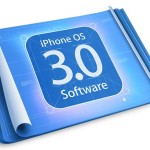 The breath of fresh air that Apple has been bringing to the mobile content industry does not seem to end. However, this time, it is not so much fresh air by Apple but rather a borrowed deodorant from Microsoft (more specifically the iPod killer called Zune) and that is app-sharing. Whilst this might be largely superfluous for the Zune (how often will you find a group where more than one person has one? – as the good folks from the Apple Blog
The breath of fresh air that Apple has been bringing to the mobile content industry does not seem to end. However, this time, it is not so much fresh air by Apple but rather a borrowed deodorant from Microsoft (more specifically the iPod killer called Zune) and that is app-sharing. Whilst this might be largely superfluous for the Zune (how often will you find a group where more than one person has one? – as the good folks from the Apple Blog 

